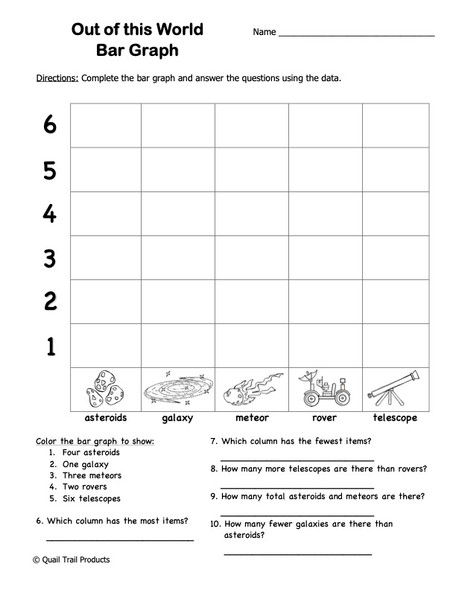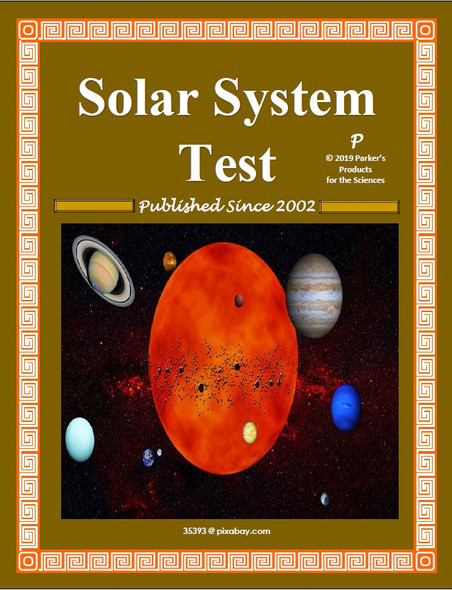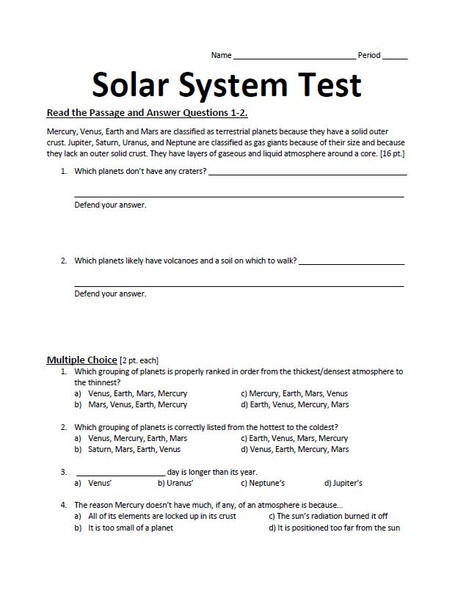Sun Worksheet for a Solar System Unit
- Bulk Pricing:
- Buy in bulk and save
- Contributer:
- Parker's Products for the Sciences
- Lesson Category:
- Worksheet
- Grades:
- 7-9
- Answer Key:
- Yes
- Pages:
- 5
- Product File:
Description
Welcome! This listing features a full-page study guide about the Sun for middle school astronomy or space science. This learning resource offers seven sections bulleted below in detail.
-
An opening table where students match the names of four key ancient scientists or mathematicians with their contributions in the field of astronomy in a table – Kepler, Copernicus, Galileo, and Newton.
-
A large Venn diagram where students compare Earth to the Sun with the assistance of a word/phrase bank
-
An opportunity to write out a nuclear fusion reaction on a template with the assistance of a word bank
-
A small table for students to identify the English meaning of photo, chrono, and corona Latin/Greek root words
-
A larger table for students to identify the location and state the brief description/function of the Sun’s three atmospheric layers (Photosphere, chromosphere, and the corona)
-
Two matching sections with a combined word bank
The first one covers the features of the Sun (Solar flares, sunspots, and prominences)
The second one is about how solar winds affect Planet Earth
-
There are also five miscellaneous questions pertaining to the Sun’s mass, the most powerful force in the solar system, solar wind, the solar eclipse, and auroras.
Student access to a middle school space science or astronomy textbook is ideal for this activity.
This PDF document will become editable upon conversion to Microsoft Word using Adobe Acrobat. It comes with a key with the answers in red font.
This resource complements the following Sun and Solar System-themed activities in my store.
-
Introduction to the Sun and the Solar System Crossword Puzzle Set
-
Planets in our Solar System Matching Activity
Thank you for your interest. I offer dozens of quality field-tested, innovative, practical, and user-friendly products for different fields of science - Biology, Chemistry, Field Ecology, Physical Science, Earth Science, Space Science and Human Anatomy and Physiology.















